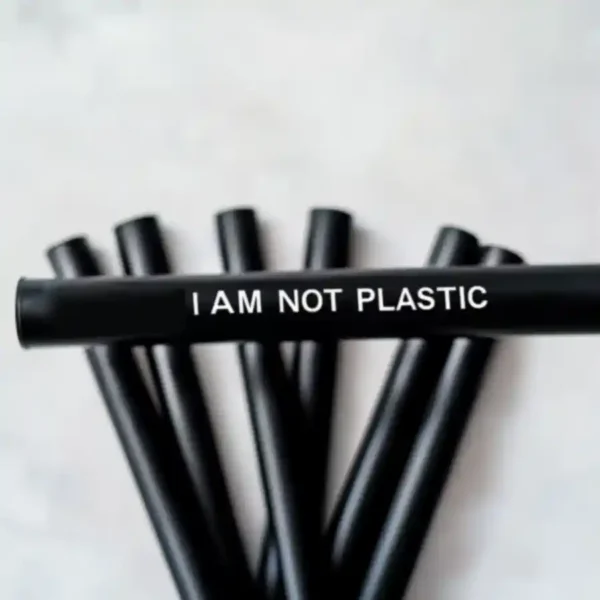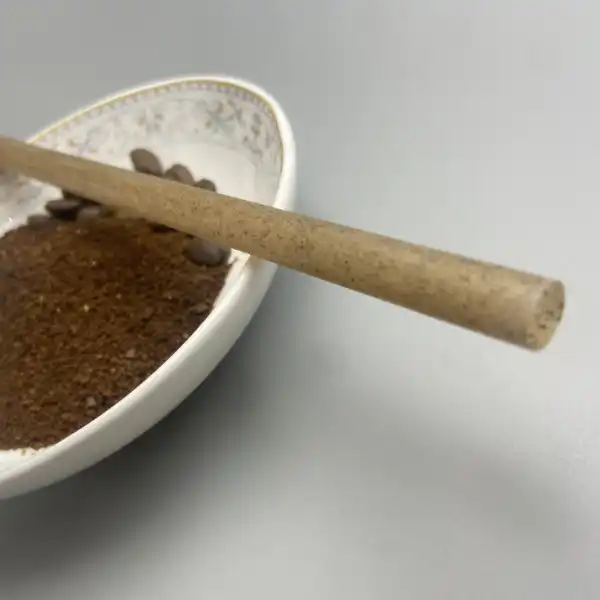Введение
Plastic straws have become one of the most visible contributors to environmental pollution. As more people and businesses shift toward sustainability, eco-friendly straws have emerged as a practical alternative. These straws are made from a variety of materials that are biodegradable, compostable, or reusable. In this article, we explore the most common materials used for eco-friendly straws, analyzing their benefits, drawbacks, and best use cases.
1. Бумажные трубочки
Обзор:
Paper straws are a popular single-use option for eco-conscious consumers and businesses. They decompose naturally, often within a few weeks in compost or landfills.
Преимущества:
- Biodegradable and compostable.
- Inexpensive and widely available.
- Ideal for short-term use (e.g., drinks at events or restaurants).
Drawbacks:
- Can become soggy when left in liquid for too long.
- Less durable than other materials.

Best Use Cases:
Fast-casual dining, events, and one-time-use scenarios.
2. Bamboo Straws
Обзор:
Bamboo straws are reusable, natural, and a renewable resource. They are crafted from sustainable bamboo plants and can last for months when properly cleaned.
Преимущества:
- 100% natural and biodegradable.
- Reusable and lightweight.
- Aesthetically pleasing, especially for tropical or eco-themed settings.
Drawbacks:
- Requires proper cleaning to avoid mold.
- Limited durability compared to metal or glass straws.

Best Use Cases:
At-home use, eco-conscious cafes, and businesses aiming for a rustic aesthetic.
3. Metal Straws (Stainless Steel)
Обзор:
Metal straws are durable, reusable, and often made from stainless steel. They are a long-term investment for consumers who wish to avoid single-use plastics.
Преимущества:
- Extremely durable and long-lasting.
- Easy to clean with cleaning brushes or in dishwashers.
- Provides a modern, sleek look.
Drawbacks:
- Not biodegradable.
- Conducts heat, which can make drinking hot liquids uncomfortable.
- More expensive upfront.

Best Use Cases:
On-the-go use, restaurants, eco-conscious consumers, and cold beverages.
4. PLA (Polylactic Acid) Straws
Обзор:
PLA straws are made from plant-based materials, such as cornstarch. They mimic the look and feel of plastic but are compostable under industrial composting conditions.
Преимущества:
- Plant-derived and less harmful than traditional plastic.
- Suitable for commercial composting.
- Similar experience to plastic straws.
Drawbacks:
- Requires industrial composting facilities to degrade effectively.
- Not biodegradable in regular landfills or natural environments.

Best Use Cases:
Restaurants, cafes, and events in regions with access to composting facilities.
5. Rice Straws
Обзор:
Rice straws are an innovative, edible option made from rice and tapioca starch. They are biodegradable and compostable within days.
Преимущества:
- Biodegradable and edible.
- No plastic-like residues.
- Durable for short-term use.
Drawbacks:
- Limited durability; breaks down faster in hot liquids.
- Higher production costs compared to paper or PLA.

Best Use Cases:
Single-use events, eco-themed parties, and novelty offerings.
6. Glass Straws
Обзор:
Glass straws are reusable, aesthetically appealing, and often made from high-strength borosilicate glass.
Преимущества:
- Reusable and dishwasher-safe.
- Non-toxic and safe for hot or cold drinks.
- Transparent, so it’s easy to ensure they’re clean.
Drawbacks:
- Prone to breaking if dropped.
- More expensive than paper or bamboo straws.

Best Use Cases:
High-end dining, eco-conscious households, and gift items.
7. Silicone Straws
Обзор:
Silicone straws offer a flexible, reusable alternative that is safe for children and people with disabilities.
Преимущества:
- Soft, flexible, and chew-resistant.
- Suitable for all age groups.
- Dishwasher-safe and long-lasting.
Drawbacks:
- Non-biodegradable.
- Requires regular cleaning to prevent mold.

Best Use Cases:
Family use, children’s products, and on-the-go hydration.
Comparison of Eco-Friendly Straw Options
| Материал | Reusable | Биоразлагаемый | Компостируемый | Долговечность | Лучше всего для |
| Бумага | Нет | Yes | Yes | Низкий | Single-use events, cafes |
| Бамбук | Yes | Yes | Yes | Умеренный | Eco-friendly cafes, home use |
| Metal (Stainless) | Yes | Нет | Нет | Очень высоко | Cold drinks, on-the-go |
| PLA (Plant-Based) | Нет | Partially | Yes (Industrial) | Умеренный | Composting facilities |
| Рис | Нет | Yes | Yes | Низкий | Events, novelty use |
| Стекло | Yes | Нет | Нет | Moderate-High | High-end dining, gifting |
| Силикон | Yes | Нет | Нет | Высокий | Family-friendly, soft drinks |
Conclusion: Choosing the Right Eco-Friendly Straw
The choice of eco-friendly straw depends on your priorities—durability, compostability, or cost-effectiveness. For businesses, paper and PLA straws are great for single-use. Consumers looking for reusable options can consider bamboo, metal, or glass straws. Innovations like rice and silicone straws cater to niche needs while advancing sustainable solutions.
As the world moves toward eliminating single-use plastics, eco-friendly straws stand as a symbol of progress toward sustainability. By understanding the materials and their benefits, we can all make informed choices that reduce environmental harm while meeting practical needs.







